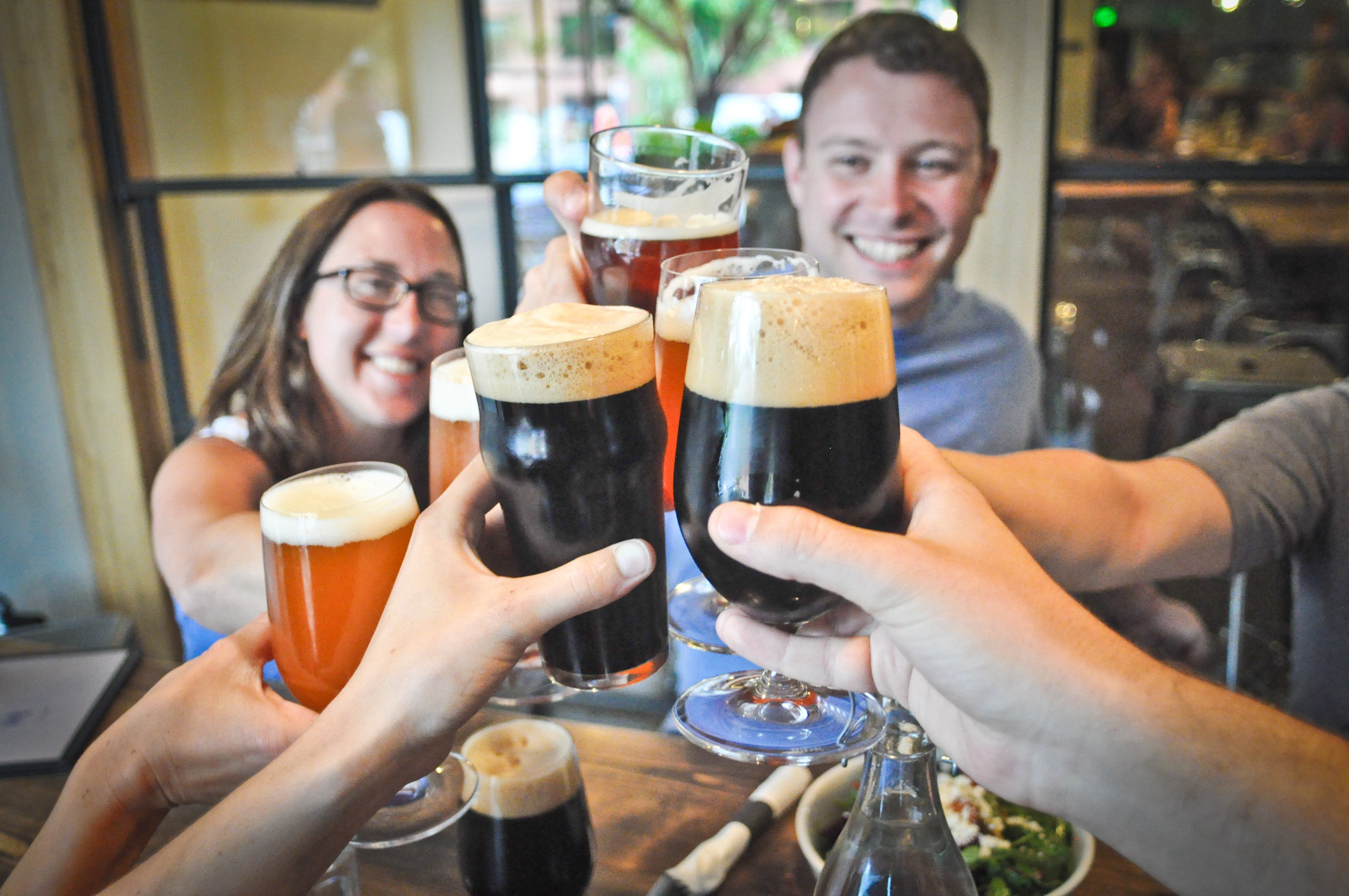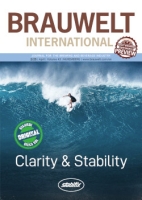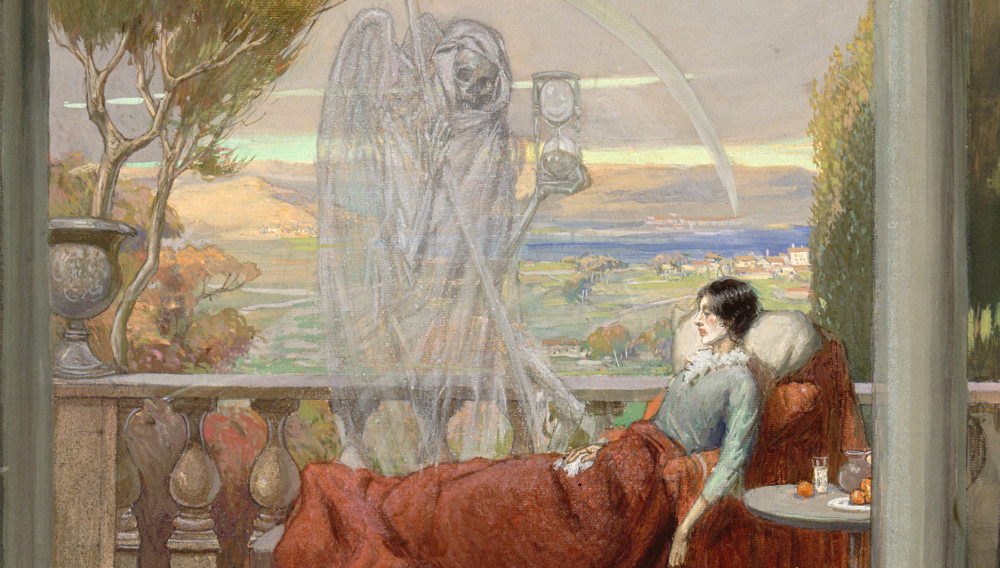
A wasting disease | The extent to which and in what form societies perceive a disease as a threat is not solely dependent upon somber statistical data, such as mortality rates or the economic consequences. Not long ago, during the Covid-19 pandemic, this became quite obvious. Images always supplement our perception of disease – the ones people conjure in their imaginations about the disease, ongoing interpretations of the disease and their scientific validity, and ultimately about the extent of one’s power: not only one’s power over a disease but one’s power to resist it as well. Tuberculosis, as a disease, was and continues to remain a social phenomenon, one might say, as a metaphor [1].

Historical brewing techniques | The headline of this article evokes in most readers images of Indiana Jones hunting for archaeological mysteries like the Ark of the Covenant, the Holy Grail or the Dial of Destiny. But it is not intended merely to attract readers’ attention. Wouldn’t it be like finding the Holy Grail if a brewer were to discover new yeast strains besides the bottom and top-fermenting strains we have been familiar with up to now! And wouldn’t it also be very similar to the Dial of Destiny if a brewer were to travel back in time to make beer as it was done hundreds of years ago? In his book “Historical Brewing Techniques – The Lost Art of Farmhouse Brewing”, Lars Marius Garshol embarks on an exciting journey into the realm of farmhouse brewing.

Expertise Personified | Prof. Ludwig Narziß is the first individual portrayed in this series whom the author has known personally. The author belonged to the last class (Dipl. Braumeister 1991) to complete their final exams with the Professor prior to his retirement. This installment in the series was therefore composed with great pride but also under a cloud of melancholy. There is naturally a sense of sorrow that Prof. Narziß is no longer with us, but also pride because he deserves a portrait among the titans of the industry. The author is very glad to have made his acquaintance.
USA | You’d be forgiven for thinking that chocolate, marshmallow, pecan pie, blueberry cheesecake or peanut butter were flavours more associated with desserts than beer, but in the United States craft brewers have been pushing the creative envelope once more by developing a whole new style of beer more akin to liquid dessert in a glass.

Saccharometer | The brewing process began to enter the realm of science in the 18th century. Advances, such as the steam engine followed by refrigeration, ensured rapid progress in beer production in the 19th century. However, even earlier, three rather inconspicuous inventions were also crucial to quantifying and more accurately conducting the brewing process: the thermometer, the microscope and the saccharometer. For the first time, the saccharometer allowed brewers to determine the extract content of their wort and the degree of attenuation during fermentation.
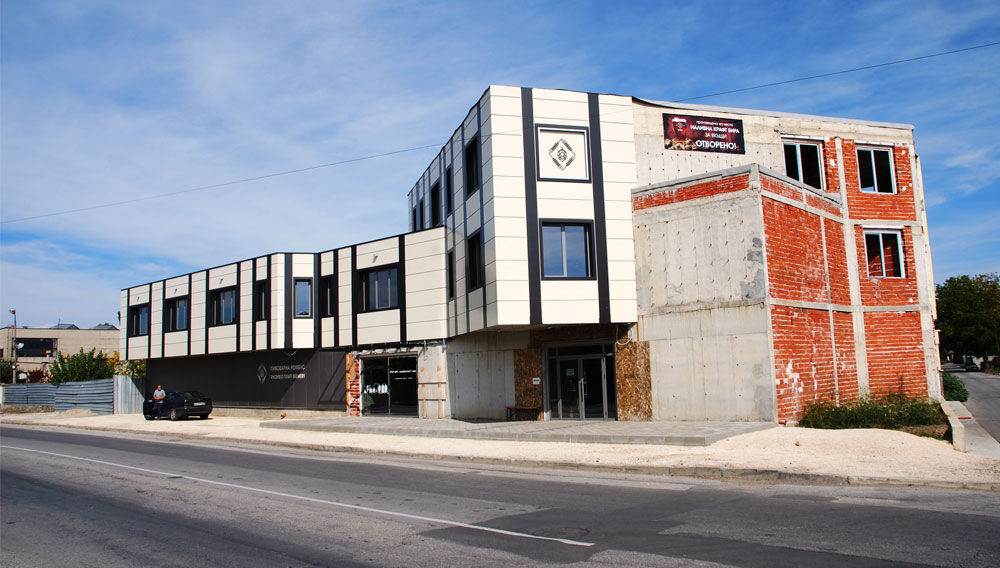
Small but excellent | Our author Dr. Markus Fohr has had close ties with Bulgaria since 1999, when he met his wife Donka. Back then, the market was dominated by a small number of lager beers, most of which came from the brewing kettles of international groups such as Heineken or Carlsberg. The Rhombus brewery in Pazardzhik near Plovdiv was one of the first Bulgarian craft beer breweries, so good relations were soon established with the Fohr family and their Lahnsteiner brewery. In June 2023, Donka and Dr. Markus Fohr visited the Rhombus brewery again and spoke to company founder Stoycho Pampov and his father Temelko.
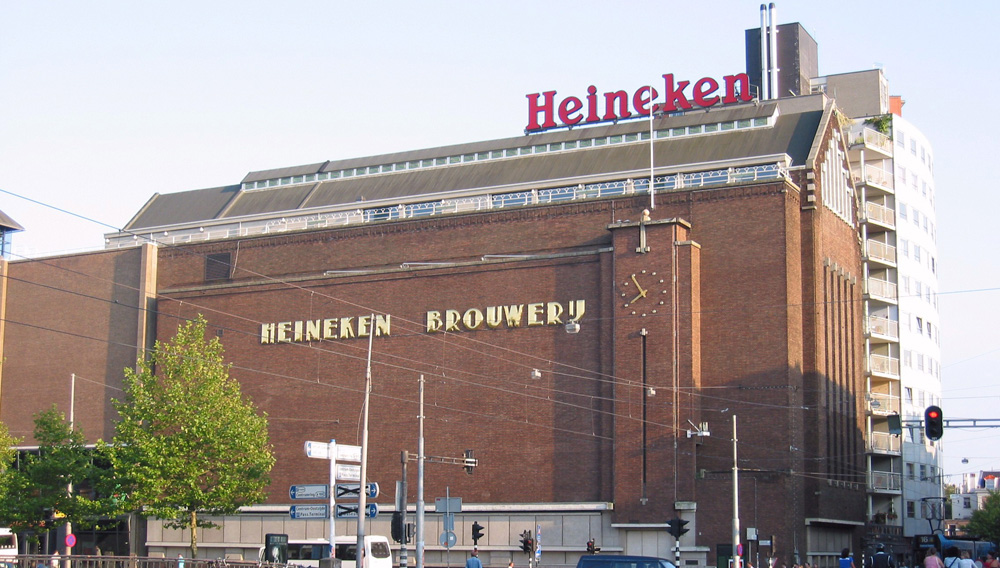
Birth of a Global Brand | There are some brands of beer that are famous the world over. As the second largest brewer on the planet in terms of production volume, Heineken undoubtedly belongs to this elite group. It is therefore even more surprising that very little is actually known about the man who founded the brewery and gave it his name: Gerard Adriaan Heineken. He laid the foundation for what would become the Heineken dynasty, even if he was not a particularly flamboyant figure in its history. Consequently, it is high time that the few facts known about his life are presented here as part of this series.

Resilience | Since Russia’s invasion of Ukraine on 24 February 2022, war has been raging in the east of the country. Our author Dr. Markus Fohr spoke to Taras Lozhenko, the Ukrainian owner of Octo Microbrewery in Cyprus, and Lana Svitankova, the first Ukrainian beer sommelier living in Switzerland, about the difficult state of the Ukrainian brewing industry.
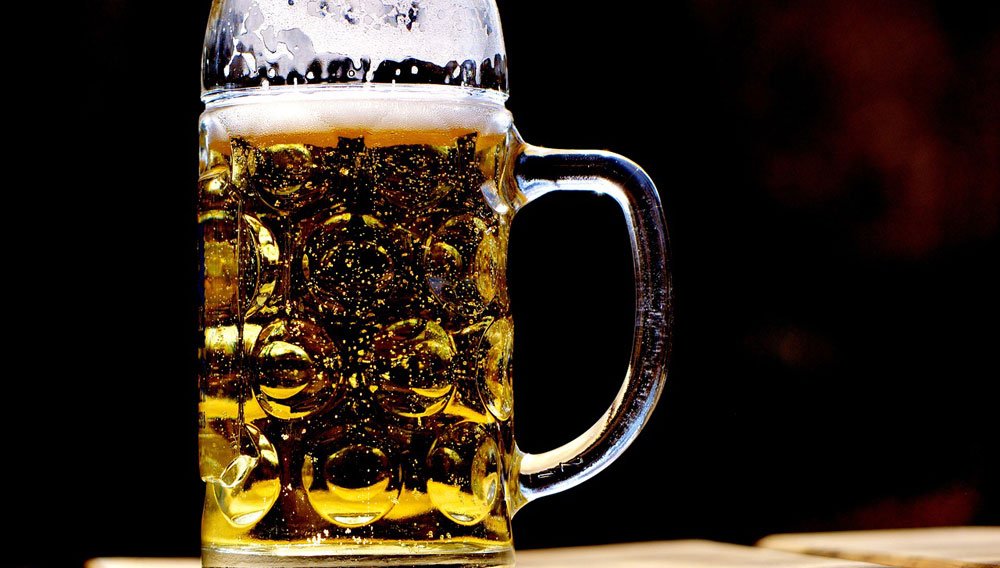
Comparison of varieties | Who isn’t familiar with the following problem? You order a round of different beers in the pub and when they reach the table, all of the glasses look the same – all yellow, all cloudy, all with a good foam development. Beer expertise is now called for. Following the start of this series with German classics Helles, Märzen and Export, we now turn our attention to Belgium, France and the Netherlands, and again to Bavaria and Austria.
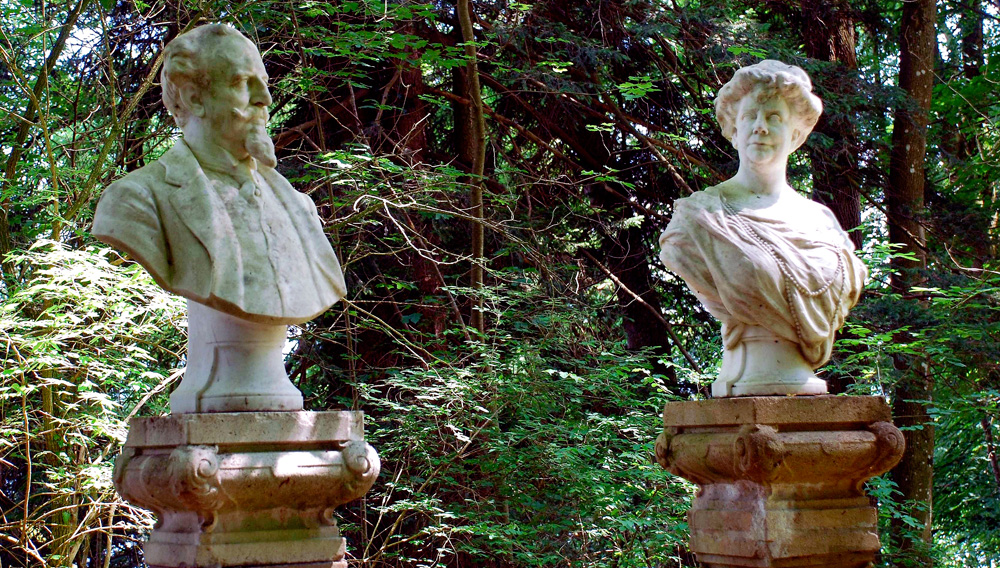
Mr. Budweiser | His life’s work, versatile business acumen and success rightly rank Adolphus Busch as one of the giants of brewing history. However, his private life was also remarkable. He was the founding father of the Busch bloodline and would go on to build an American brewing dynasty. As one of the most prominent families in the United States, they would continue to reliably make headlines for decades to come. Yet, like many emigrants to the US in the 19th century, his roots lay in Europe, or more precisely, in Mainz, Germany.

The value of age-old crafts | Those interested in brewing history usually have to conjure up notions of what it would be like to brew beer in the “foreign country of the past” from old and dusty tomes (or their digital facsimiles) which at times contain only vague written references to exactly what went on in the brewery. However, there is a place where it is possible to spend the day in a brewhouse working with tools from the early 1700s. The authors were able to experience this for themselves at a working replica of a 300-year-old brewery, a mere day trip from Munich.



